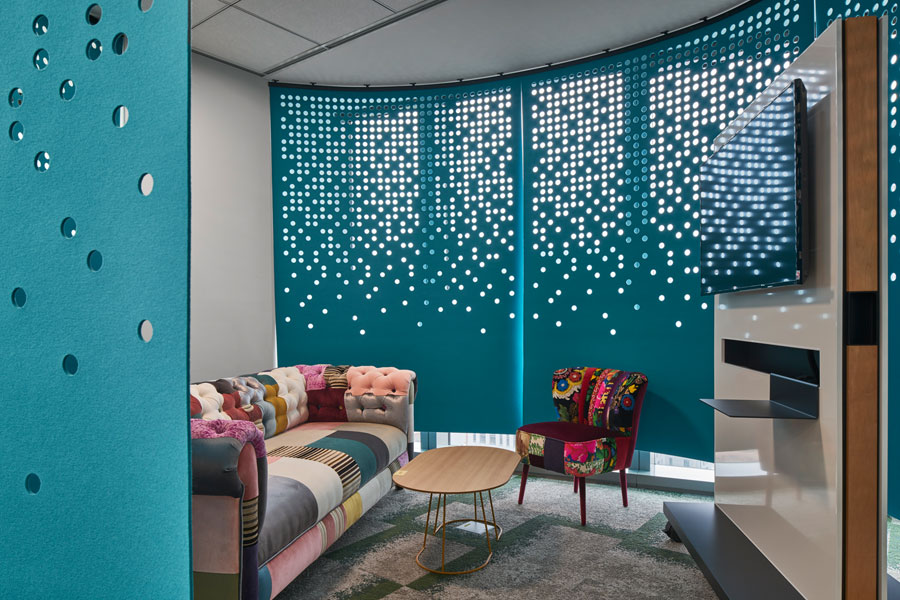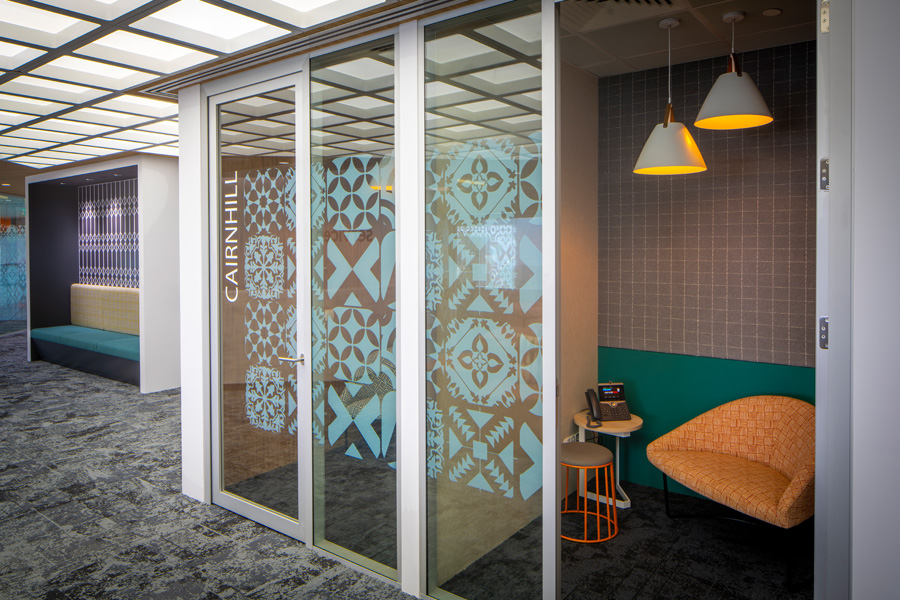
Offices that listen: A look at voice-enabled workplace technology
In the past, when people thought of futuristic technology, they thought of voice-activated spaces. In the popular 90s sitcom Friends, one character, a millionaire computer mogul, was shown to live in a house enabled with voice technology. A part of his successful lifestyle included being able to walk into a room and command the lights to come on, or simply ‘tell’ his video phone to connect him to people halfway around the world.
Today, voice-enabled virtual assistants are no longer reserved for the occasional millionaire. Alexa, Google Assistant and Siri are part of everyday lives, in thousands of homes around the world. From waking you up with your favourite playlist to taking care of that kitchen light you forgot to switch off – they can do it all. And now, voice assistants have started making their presence felt in offices as well.
Here’s how voice-enabled systems are improving workplace productivity, and the impact they have on modern office design.
At the work desk
Imagine going through a long report when you come across an unfamiliar term. You open up your browser to look it up. An interesting news article catches your eye that you want to forward to a colleague. With your mailbox now open, you see several new emails that need addressing. By the time you are done looking up the information you wanted, you are well and truly distracted from your report.
Small tasks like cross-checking data, setting up reminders or filling out timesheets can be time-consuming and interrupt one’s stream of thought. To manage this, offices are opting for multi-modal workstations that place equal importance on visual and aural methods of input. Voice-enabled workstations not only let employees carry out crucial tasks with a simple command, but can also proactively remind one about important items, automate recurring tasks and offer intuitive solutions based on employees’ habits.
Consequently, office design trends are shifting to acoustically optimised workstations that offer privacy while employees engage with their data vocally. Most companies also provide spaces separate from the common work areas, where employees can utilise their voice assistants without disturbing their colleagues.

Microsoft, Taipei
Away from the work desk
People in sales and business development roles often find themselves away from their desks, rushing from one meeting to another. Before stepping into a meeting with a client or a new lead, they may need to brush up on some background information. Such information is usually collected over a span of time and is generally spread out across email inboxes, chat apps, minutes of previous meetings and personal notes.
Locating that relevant insight or data can be a major challenge, especially when they are driving or are short on time. Modern companies are equipping these employees with hands-free, voice-activated solutions. Tact.ai is one such system that gives people a new way to interact with information on-the-go. It can pull up research information, sift through emails, locate customer insights and dig through months of sales history – without the employee having to manually swipe through apps.
In meetings
Ask the average office worker and they’ll tell you how frustrating meetings can be. According to one U.S. based study, people spend an average of 5 hours 3 minutes in meetings each week – and almost as long (4 hours 15 minutes) preparing for them. What’s more, 70% of employees report wasting 15 minutes every day, simply trying to find a space to hold these meetings!1
The ServiceNow office in Singapore has meeting rooms that stay ahead of the curve. The sophisticated room booking system enables their staff to cut down on the time wasted on logistical friction. The meeting rooms are already set up for teleconferencing so as to minimise connectivity issues.

ServiceNow, Singapore
With voice technology integrated into meeting spaces, inefficiencies can be minimised even further. With Alexa for Business and similar solutions, one can simply command the voice assistant to “start the meeting” – and wait for it to enter the relevant pass code, connect the video system and set up the call. In future, tech-enabled meeting rooms would also sync up with voice-activated interactive whiteboards that would take down notes, record the minutes, create translations and send reminders to participants.
In managing office IT and operations
Voice technology can be extremely helpful in the running and management of workspaces. IoT-enabled offices are already helping manage resources by adjusting light and temperature controls based on occupancy. From there, it is only a short step until they can help automate security clearances, conduct maintenance checks and order office supplies.
IT managers too, can use voice assistants to on-board new employees, troubleshoot systems and roll out updates. AI and natural language processing can empower employees to manage their own devices. In case of any technical issues, they can ask their voice assistants to spot and fix glitches instead of having to reach out to the IT team.
In skill-based jobs
Aural interactions are a huge boon to professionals who do not work typical desk jobs. Think surgeons, factory workers, chefs or sports professionals – all of whom work in high-stress environments where their skill is of critical importance, and even a second’s distraction can spell disaster.
Hospitals, factories and other skill-driven workplaces are realising the benefits of having voice assistants pull up data, read out statistics or search for crucial information online, without manual intervention, and are integrating it into their workspace design.
Wondering how voice technology can help your business? We can help you explore the options through a customised workplace strategy. Let’s talk.
1https://www.goaskcody.com/blog/infographic-a-one-hour-meeting-is-never-just-a-one-hour-meeting
